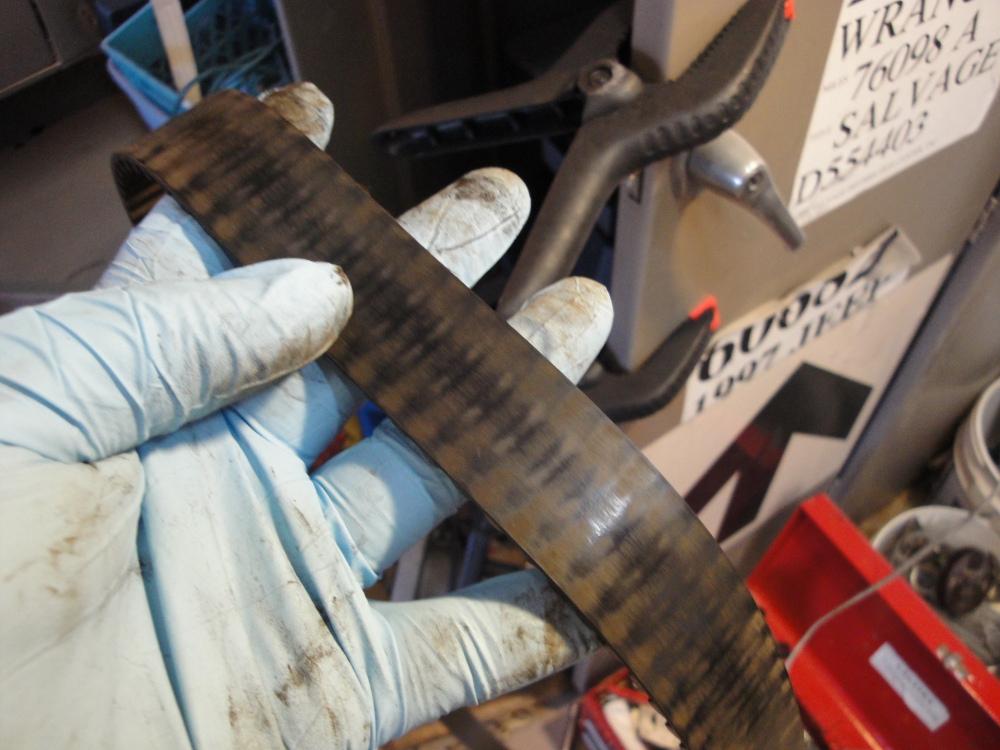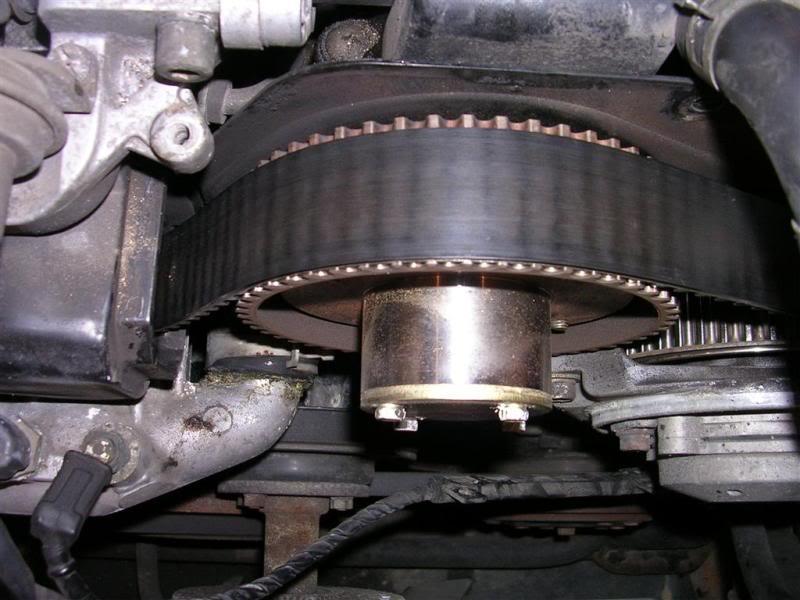What Are Bad Timing Belt Symptoms? Guide On Replacing Timing Belt At Home
Timing belt is a crucial link in functioning of a car. It upholds the rhythm of its engine. But how to tell if timing belt is bad? Read and know about bad timing belt symptoms may help you save a great deal of money from major car fixings.
After running from 40,000 to 150,000 kms – it is up to each model – serving your car costs you a huge amount of money. You often have to pay an extra fee for replacing a crucial component of the engine called the timing belt. To help you avoid any situation like stopping in the middle of the road, due to valves fighting with each other or a crash, or banging of pistons, let’s find out the answer for the question “What is a timing belt?“, “What does a timing belt do?” “What are bad timing belt symptoms?” and “What to do if you want to change your timing belt?” in this article!
What Is A Timing Belt?

The timing belt is located in the front of the engine and under a timing cover. It is an important engine component that rotates the engine’s crankshaft and cam in sync, making sure that each cylinder fires at the correct time. The timing belt is made of strong rubber with nylon-reinforced cords inside to increase its lifespan. However, it is subject to incredible forces inside your motor and will need to be replaced lastly. And if there is any problem with a timing belt, your car will not run.
Not every car has a timing belt. The timing belt is commonly used in cars and SUVs with smaller displacement engines. In cars having an engine with a larger stroke and bore, auto manufacturers use a timing chain system that replaces the rubber belt with a metal chain. In general, the lifespan of timing chains is longer than that of timing belts. Most auto manufacturers give you a recommendation on when your car needs a new timing belt, but some warning signs are showing a trouble exists.
Here below are some common symptoms that might demonstrate that your car has a worn-out or broken timing belt. Let’s go now.
4 Common Bad Timing Belt Symptoms
1. Engine will not turn over
If your car has a broken timing belt, the engine will not be able to ignite or turn over. You might hear the starter motor engage when turning the car key, but as the timing belt runs the camshaft and crank, it will not turn over. However, a broken timing belt is also a cause of breaking other internal parts of the engine. In many cases, it will break while the car is operating. Some of the typical damages recorded from a car with a bad timing belt are damage to crank bearings or oil pumps inside the oil pan and damage to cylinder head hardware (valves, push rods, or rocker arms).
A professional mechanic will know how to inspect all these supporting parts if your timing belt needs to be replaced.
2. Engine misfires
One of the bad timing belt symptoms you can not ignore is engine misfire. As we know, the timing belt is attached to pulleys that operate the camshaft and crank. Sometimes the timing belt will slip on the camshaft, causing one cylinder to open and close earlier than it should. If you don’t replace it soon, it will cause a misfire situation which results in catastrophic engine damage.
See more:
3. Ticking noise inside the motor
A ticking noise coming from the engine is one of the broken timing belt symptoms you should know. The timing belt is used to run the camshaft and crank. The function of the crankshaft is to power the engine’s connecting rods that are attached to pistons inside the combustion chamber. The camshaft runs the rocker arm and the cylinder head valve assembly, which lets the fuel flow into the combustion chamber and draws burnt gases out of the exhaust pipe. If there is any problem with the timing belt, it will create a ticking noise from inside the motor. This ticking noise will also happen if the engine doesn’t have enough of the proper amount of lubrication or low oil pressure.
As the timing belt is very important in operating your vehicle, if you find this warning sign, you should make a phone call to a professional mechanic or bring your car to a garage as soon as possible.
4. Oil leaking
Oil leaking from in front of the motor is typically one of the signs of timing belt failure. The timing belt cover is secured by a series of bolts and nuts which may come loose after a long time. Besides, oil leaking may happen if the gasket between the timing cover and engine block is cracked, wears out, or has been installed improperly and is pinched. Leaking oil from the timing belt cover can early wear the timing belt as well as result in engine overheating.
Normally, it is too hard to notice a problem with the timing belt until it has broken. But, you can check with your car’s manufacturer to make out when is the suitable time to replace your timing belt.
Timing Belt Replacement – DIY Method
Above are 4 warning signs telling you need a new timing belt. If you are not good at working with an engine, you will need help from a professional and experienced mechanic to help you replace the faulty timing belt. If you are familiar with mechanical work, you can replace the timing belt at home with a few steps below:
1. Disconnect and remove
To begin with, disconnect the negative cable end of the battery. Initially, remove the alternator belt and all the accessories that are on your way to get to the timing belt. Depending on your car’s model, you may eventually have to remove the power steering pump, air conditioning compressor, and valve cover assembly.
Afterward, take off the distributor cap too if your car has one. Many modern cars don’t have it as they make use of electronic ignitions.

2. Align the timing mark
Now use a wrench to rotate the engine to align the crankshaft pulley’s timing mark at 0° on the timing scale.
3. Remove more accessories
Check if you need to remove the harmonic pulley. Some car models require it to be removed for changing the timing belt. Take off the bolts and screw holding the timing cover and other devices that are on the way to the belt.
4. Remove the belt tensioner
Next, remove it entirely by loosening the mounting belt as you are going to replace the timing belt. You don’t need to remove it if you just want to check the belt.
5. Inspect the tensioner pulley
You have to check it meticulously to find out if it has any cracks or dents. You will need to replace it first if it has any damage or has been worn out.

6. Remove the timing belt
As the tensioner has already been removed, you are now facing no problem in sliding the timing belt off the sprockets. However, if it sticks, gently use a screwdriver to release it from the sprockets.
7. Replace
Briefly, replace the broken belt with a new one and reassemble. Make sure to check the engine manually to torque the belt correctly. The mounting bolt in the crankshaft pulley on the condition has a very high torque specification. Giving these point, pay special attention to it while reassembling the accessories.
The timing belt replacement is a slightly complicated task; especially when you consider torquing some devices to precise specifications. Therefore, don’t attempt doing it at home if you don’t have proper knowledge about car engines.
Check out the video below to see how to replace a broken timing belt in detail:
Did you enjoy our article? Have you found any useful information about this topic? If you have any question like “What does a timing belt do?” or simply want to know more about bad timing belt symptoms, feel free to leave it in the comment section.














